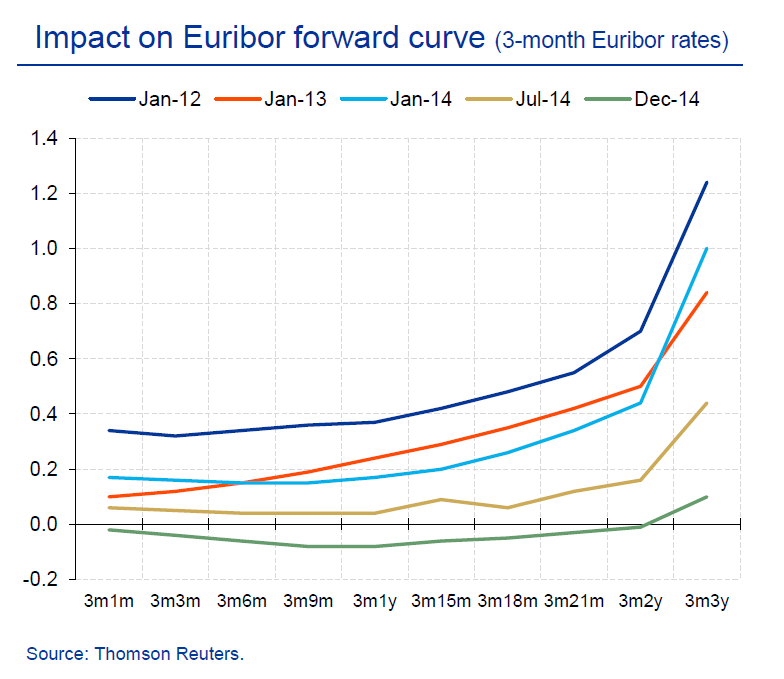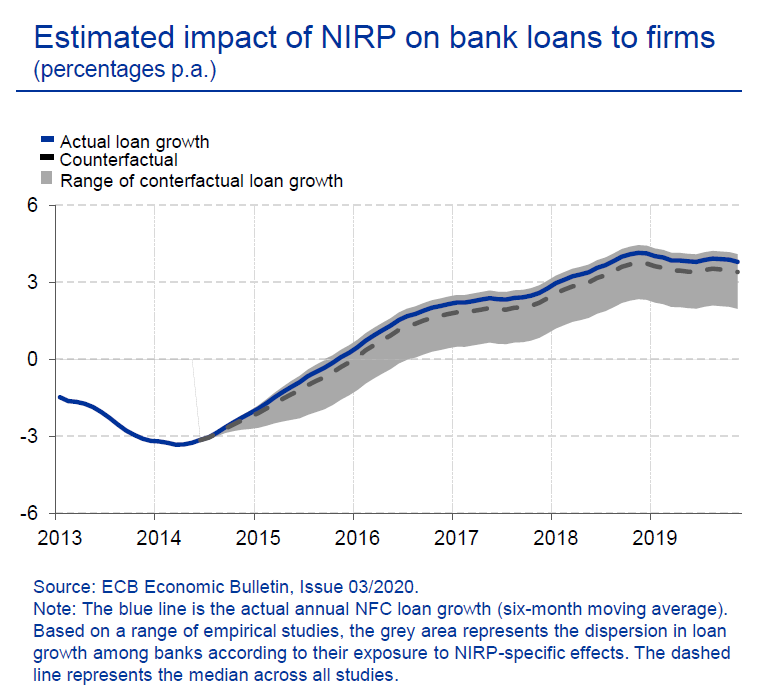
Today we @ecb issued our new digital publication and interactive tool on inflation. It is one of our attempts to better explain the concept & measurement of inflation, its heterogeneity across goods and countries as well as the difference between perceived & actual inflation. 1/8
https://twitter.com/ecb/status/1395273222011113478
Chapter 1 explains the concept of inflation and why it matters. You can look at the inflation rate in a particular country for a particular category of goods and services, which gives an impression of the heterogeneity across countries and goods. 2/8 

It also show the evolution over time for different countries, distinguishing the overall price index and certain subcategories, which show very different degrees of volatility: food, energy, non-energy industrial goods and services. 3/8 

Chapter 2 is on inflation measurement. It explains how the basket of goods underlying the inflation index is compiled and shows the weights of different consumption categories. It also mentions the open issue of how to consider the costs of houses owned by consumers. 4/8 

Chapter 3 deals with the distinction between measured inflation, personal actual inflation and personal perceived inflation. It explains the differences and shows how inflation perceptions differ across demographic groups: household income, education, gender and age. 5/8 

It also shows that inflation perceptions tend to be substantially higher than measured inflation, that the gap has diminished somewhat over time and that the variation across households is very large. 6/8 

Chapter 4 finally contains a personal inflation calculator, developed by @Lietuvosbankas, which allows euro area citizens to calculate their personal inflation rate and compare it with their own perception and with the measured rate for their country. Try it out! 7/8 

The new tool was also briefly presented yesterday in the German TV programme #Plusminus @DasErste (in German). 8/8 ardmediathek.de/video/konsum-s…
P.S.: @fwred just reminded me - the publication is available in 23 languages! 

• • •
Missing some Tweet in this thread? You can try to
force a refresh








